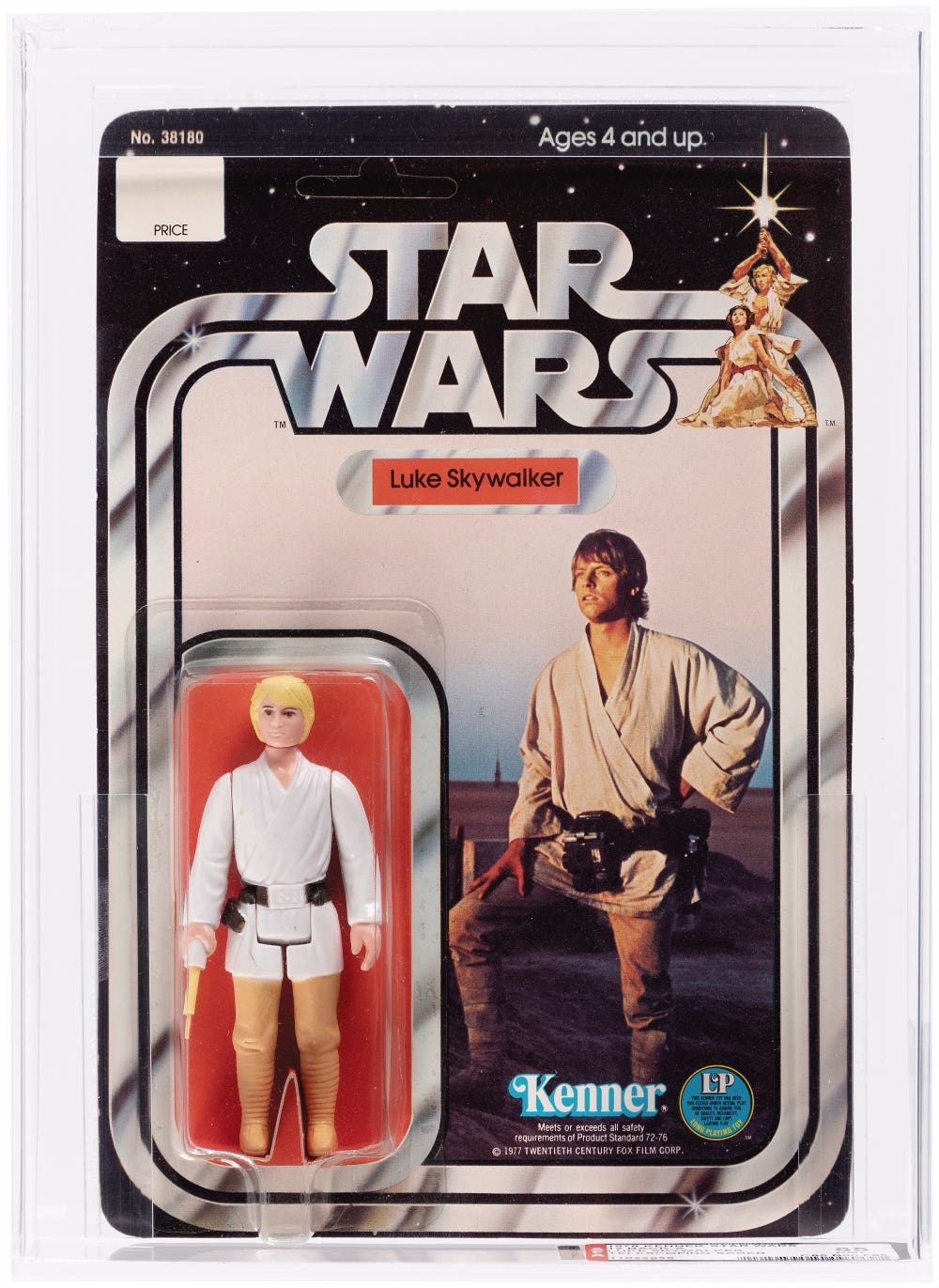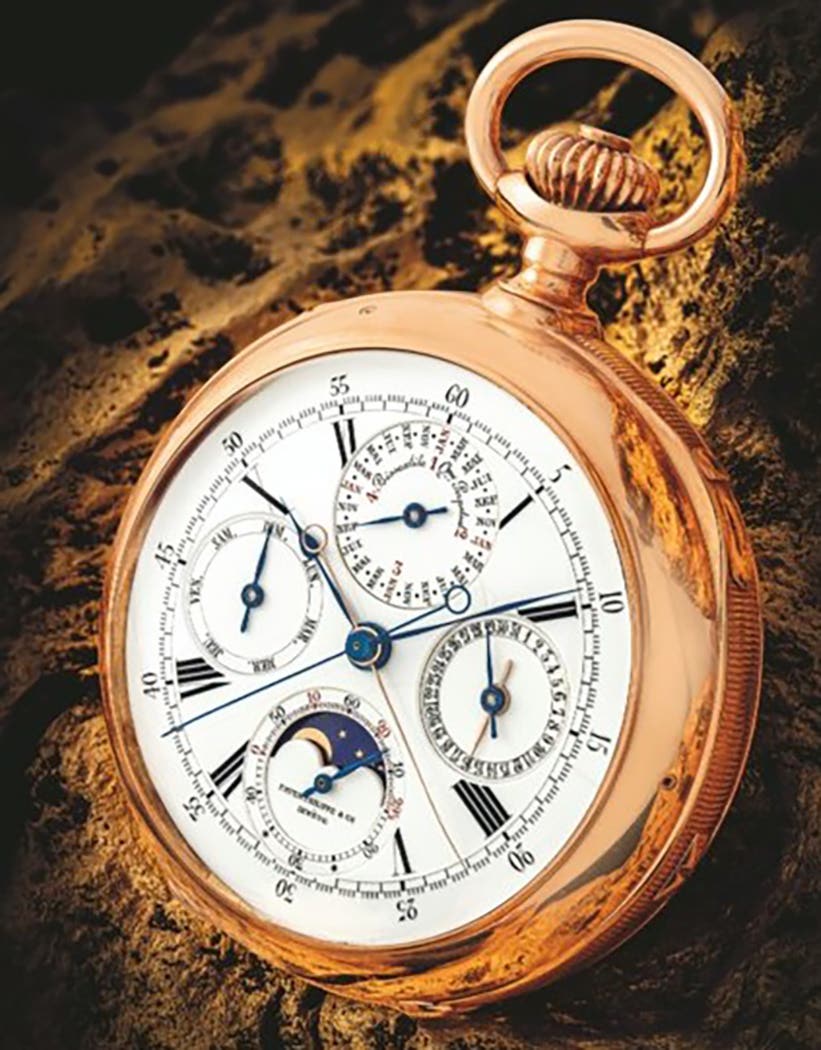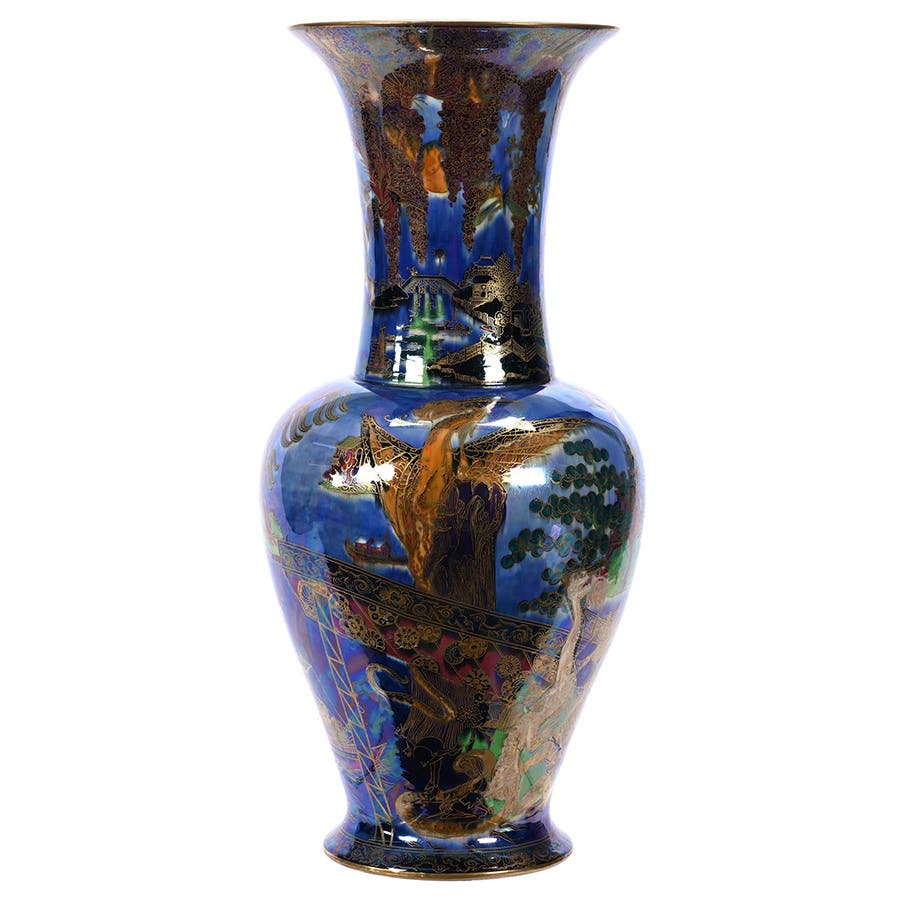Rising to the Top: Restaurant Ware Creamers Are Attractive Collectibles
Vintage restaurant ware creamers have earned their distinction as a separate category of collectibles and remain popular with collectors.
In the heyday of the development of our interstate highway system, increasingly more people took to the road in automobiles. From the 1940s to the 1960s, millions of people enjoyed driving and included commuting workers, salesmen, service people, truckers and vacationers. During these decades, Dinah Shore’s “See the USA in your Chevrolet” is exactly what took place.
As the interstate system grew, so did the businesses offering amenities to travelers.
Thousands of diners and truck stops were built to keep up with demand created by the ever-growing numbers of drivers, who would stop there along their journeys for a meal and coffee, which was a diner staple. When customers were served coffee or tea, it was usually accompanied by a little crockery container filled with cream. Those little crocks, which came to commonly be called creamers, are part of a group called restaurant ware, or restaurant china. These establishments needed tough commercial restaurant ware that would stand up to everyday use and abuse, and plates, coffee cups and creamers were heavy, and not delicate like fine china or tea cups.
For several reasons, vintage creamers have earned their separate distinction as a category of collectibles, and although the number of diners has dwindled, these creamers remain popular with collectors.
Diners were not the only places creamers were used, though. During the 1940s, they were also used in railroad dining cars. Travel by train and dining on board was considered luxurious. They were used on airlines and in hotels, and have graced the tables of many cruise ships, as well as other industries and institutions. Over the years, they have also been used in the mess halls of our military branches, and patrons dining in banquet halls would find these creamers on the table. Prep schools and colleges have used them in their dining facilities. Fraternal organizations such as the Rotary and Elks clubs enjoyed using them with coffee after dinner, too. The logos of the numerous institutions and organizations appeared on the face of the creamers.
Collecting antique or vintage items can be costly, and many collections also require quite a bit of space. These are issues for many collectors, who have a limited amount of money and room to display their collections. This is why collecting individual ceramic creamers might be worth taking a look at. They can be displayed in small places such as on windowsills in the kitchen, in glass door cabinets and on shelves. Most creamers measure between 1-3/4 inches to 3-1/2 inches tall, and usually flare out at the bottom with diameters ranging from 1-1/2 inches to 2-1/2 inches. They also have a little spout for pouring. There are cream pitchers as well as creamers. The distinction that separates the two is that the latter has no handle. Some people do not include the pitchers in their creamer collection.
Today, they are seldom used in restaurants. Those little individually sealed plastic containers, or the small non-descript stainless pitchers, are usually served with coffee or tea instead.
Vintage creamers are little works of art. The different colors and designs, as well as the sheen and translucence of the creamers, make for great collectibles. Even the plain creamers in bone white or ivory are beautiful in their own way. Their luster, as well as the countless designs and patterns, and their diminutive sizes allow them to be displayed with other ceramic or glass collectibles. An array of clear glass items, such as pressed glass pitchers, would compliment the creamers, while showcasing both collections.
A great number of vintage creamers were produced in the United States. Many of them are made of bone china or vitrified china, which means the creamers are non-porous. They were made of heavy crockery so that they could withstand commercial use, for which they were manufactured.
These early creamers were made by several manufacturers of restaurant ware including well-known company Homer Laughlin, which is the largest domestic pottery company. Sterling China, Tepco China, Hall, and Syracuse China are some of the other well-known-makers’ names you will find. Each has its own story to tell. Syracuse China is now owned by Libby Glass, and Tepco supplied china to the ships’ galleys of the U.S. Pacific Fleet during World War II.
Although many creamers have no names or maker’s marks on the bottom, several do. On some, you can find not only the manufacturer’s name, but also the restaurant supply company that distributed them. Many times the name of the company, for whom the creamers were made, is also on the bottom. These are called backstamps. An example is: “Scammell’s Trenton China Made in America for Steger-Showel.” Some makers’ names and logos are on the bottom of the creamers. One of the more striking examples is the Shenango Company’s brightly colored Indian logo, which is found on the bottom of their creamers. Date codes are also sometimes found on the bottom. These might be numbers, letters, or some mark applied to the bottom at the time of manufacture. This indicated when the piece was made.
Vintage creamers are favored by collectors in several categories. People collecting pottery in general, as well as specific makers of restaurant ware, are drawn to them. People interested in railroads, hotels, and other organizations also enjoy adding creamers to their collection.
Numerous companies, as well as different industries and organizations, have top marks, which are names and logos that identify these organizations. They are located on the side or face of the creamers. Collecting creamers from a hotel such as the Waldorf, or a famous restaurant with their distinct logo, is reminiscent of simpler times when dining out was reserved for a special occasion, and was a leisurely experience, not a lukewarm burger and fries.
Creamers can be found at flea markets and by searching on-line-auctions. Certain patterns, top marks, and condition affect the price. For example, three offered on eBay were all manufactured by Scammells; the plain one started at $5, the creamer with a floral design opened with a bid of $12, and one with a top mark was offered for $30. Creamers are also for sale on many other online sites. An unmarked example was going for $12 on Ruby Lane, while on eCrater, a Tepco example with a pinecone pattern was offered at $55. Many vintage creamers are also offered on Etsy and The Internet Antique Shop websites, ranging from $5 to $50.
Enough cannot be said about the attractiveness of creamers. Many are vividly colored, while others have striking patterns. Some creamers have distinctive designs bordering the top and sides. Those with leafy tendrils and floral themes are commonly found. Others are adorned with filigree-like motifs, and still others have an Art Deco design. Some have colorful paisley borders around the rim.
The companies making restaurant ware and china employed artists who would apply those decorations, using various techniques. Some are stencil airbrushed; others have decals transferred onto the creamers. And, some have been beautifully hand-painted.
Today, vintage creamers are also enjoyed for their intended purpose. When having company, the individual creamers may be used when serving coffee or tea. A personal touch is always appreciated. Creamers are also sometimes referred to as syrups, and may be enjoyed when serving pancakes or waffles.
To learn more, there are on-line-sites for collectors that freely offer advice on collecting vintage creamers. There are also two excellent books by Barbara J. Conroy that offer a comprehensive study of creamers, as well as restaurant china itself: Restaurant China: Identification & Value Guide for Restaurant, Airline, Ship & Railroad Dinnerware, Volume 1 and Volume 2.








